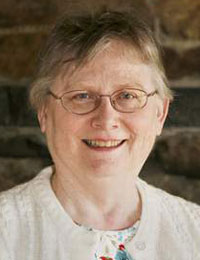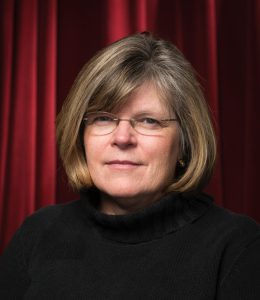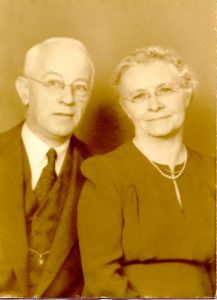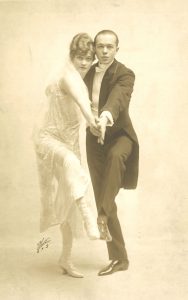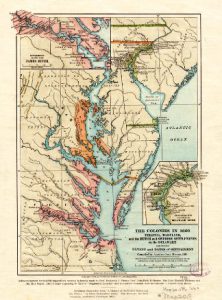
May is Jewish Heritage Month, so in its honor I decided to look into my own Jewish heritage.
Even though I work at a genealogical society, I always felt that it was a worthless pursuit to try to trace my genealogy back many generations. My great-grandparents and some of my great-great-grandparents were the ones who immigrated to the United States in the 1910s and 1920s. Due to language differences, various names, changing borders, and not even knowing exactly where they were from (“somewhere in Russia” or “maybe Bialystock,” my grandparents would say), I never really gave it a shot. Continue reading A worthwhile pursuit
